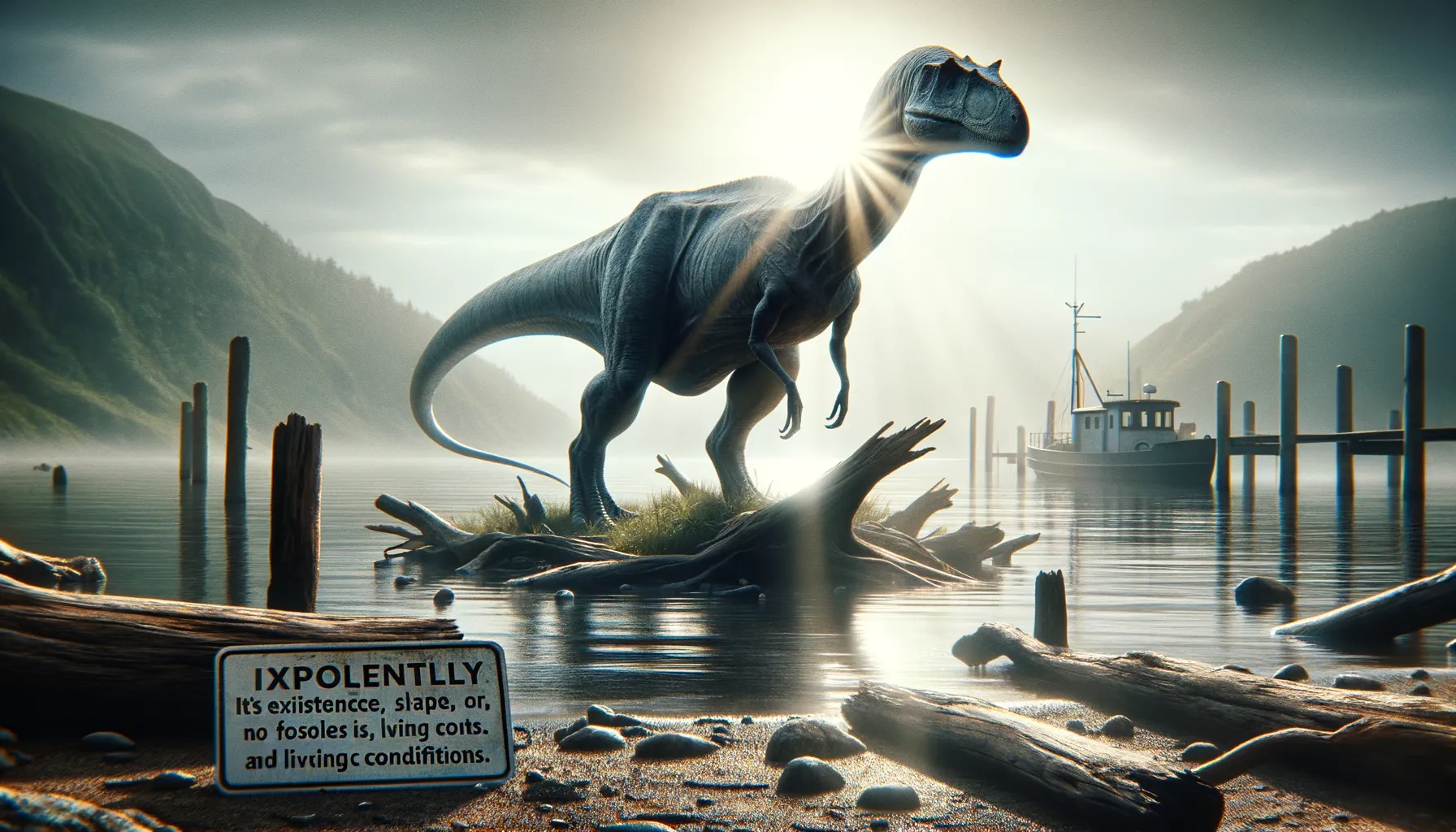
Eoplophysis
Mystery of the ancient earth persists.
Period
Unknown
Length
Dimensions are not currently known.
Height
Measurements are not available.
Weight
Estimates are not available.
Eoplophysis remains an enigmatic name within paleontological circles, as no confirmed fossils have been discovered or studied to date. Scientific literature lacks comprehensive data about this dinosaur, including its period of existence, morphology, or ecology. Until significant evidence is found, Eoplophysis is considered a placeholder or misidentification in dinosaur databases.
Diet
Due to lack of evidence, its diet remains unknown. Generally, similar dinosaurs' diets depended on their ecological niche.
Hunting
Hunting behaviors cannot be defined without concrete fossil evidence. Its interactions may be speculative at best.
Environmental challenges
Without a clearer understanding or evidence, environmental challenges faced by Eoplophysis cannot be precisely determined. Dinosaurs of similar undiscovered status likely struggled with changing climates and competition. Such challenges shaped their adaptations over time.
Speed
Details about its speed are unknown.
Lifespan
Estimated at several decades like other dinosaurs.
First discovery
No official discovery recorded yet.
Fun Facts
- Eoplophysis is known for being an early member of the ankylosaur family, which are famous for their armored bodies.
- The name 'Eoplophysis' means 'dawn of the armored face,' highlighting its status as one of the earlier armored dinosaurs.
- Eoplophysis lived during the Late Jurassic period, roaming the earth around 150 million years ago.
- Unlike later ankylosaurs, Eoplophysis did not have a tail club but still had bony armor to protect itself from predators.
- Fossils of Eoplophysis have been found in North America, giving scientists clues about the landscape and climate of the era.
- Eoplophysis had a herbivorous diet, feeding on low-lying plants and vegetation in the prehistoric forests.
- Though not the largest of dinosaurs, Eoplophysis's body armor made it a tough opponent for predators.
Growth and Development
In the absence of concrete fossil records, growth patterns cannot be definitively outlined. Similar dinosaurs often displayed distinct stages from juvenile to adult forms. Fossil findings are needed for more specific insight.
Habitat
Without specific fossils, its natural habitat can't be pinpointed. Dinosaurs' habitats generally varied from lush forests to arid deserts. Detailed exploration or discovery would help in better understanding.
Interaction with other species
Due to lack of fossils, its interactions with other species are unknown. Dinosaurs typically had varied interactions depending on size and dietary needs within their ecosystems.
Natural lifespan
Precise lifespan can't be determined without evidence.
Reproduction
Reproductive behaviors are not documented due to absence of fossil evidence. Most dinosaurs reproduced via eggs, laying patterns unknown.
Social behaviour
Speculative social behavior until definitive fossil remains are found. Dinosaurs' social patterns ranged from solitary to herding.
Fossil locations
As of now, no verified fossil remains of Eoplophysis have been documented in any known location globally.
